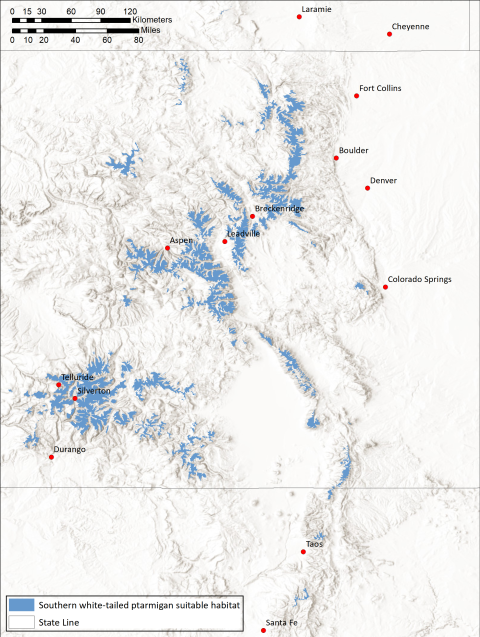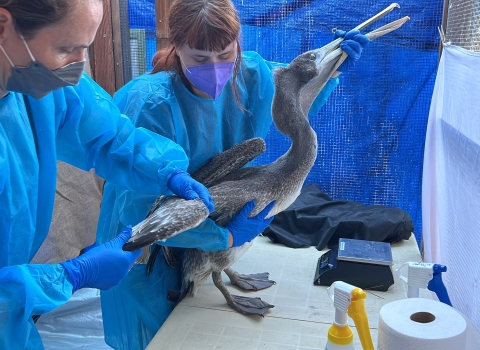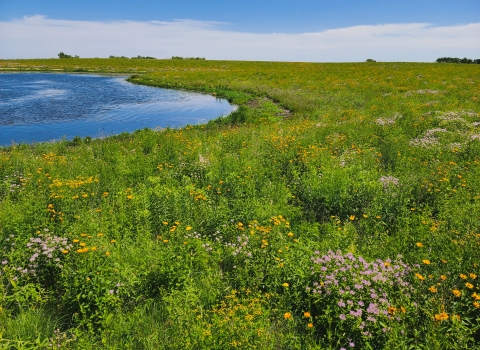DENVER – Following a review of the best available science, the U.S. Fish and Wildlife Service (Service) is publishing a not-warranted for listing under the Endangered Species Act (ESA) finding for the southern white-tailed ptarmigan. The bird is the smallest grouse in North America, living exclusively in mountainous, alpine habitats of Colorado and a small portion of northern New Mexico.
This finding is based on a peer-reviewed Species Status Assessment (SSA) that follows a 2012 substantial finding on a petition to list the subspecies of grouse under the ESA. After evaluating the future viability of the bird under a variety of climate projections, authors of the SSA found that populations of this grouse will likely remain present and resilient across most of its range, without danger of extinction. A separate determination and announcement will be made for the Mt. Rainer white-tailed ptarmigan subspecies.
This subspecies is one of the few animals that is well adapted to live in the harsh alpine environment year round. Cool temperatures, rocky areas, soft snow and the presence of willows, the bird’s primary food source, characterize the alpine habitats of the southern white-tailed ptarmigan. A complete change in plumage helps these birds camouflage themselves across the seasons, changing from speckled-rock colors in the summer to completely white in the winter. Heavily feathered feet support the ptarmigan, much like snowshoes, allowing it to walk on top of snow, rather than fly, to conserve energy.
Nearly all of the southern white-tailed ptarmigan’s suitable habitat occurs within federally managed lands, 55% of which occurs within designated wilderness areas. 85% of the total potentially suitable habitat occurs on lands managed by the U.S. Forest Service. The National Park Service supports 5% of the predicted range, with suitable habitats in Rocky Mountain National Park and Great Sand Dunes National Park.
This finding is available today for public inspection in the Reading Room and will publish tomorrow in the Federal Register.
The mission of the U.S. Fish and Wildlife Service is working with others to conserve, protect, and enhance fish, wildlife, plants, and their habitats for the continuing benefit of the American people. For more information on our work and the people who make it happen in the West, connect with us through any of these social media channels: Facebook, Twitter, Flickr, YouTube, and Instagram.



